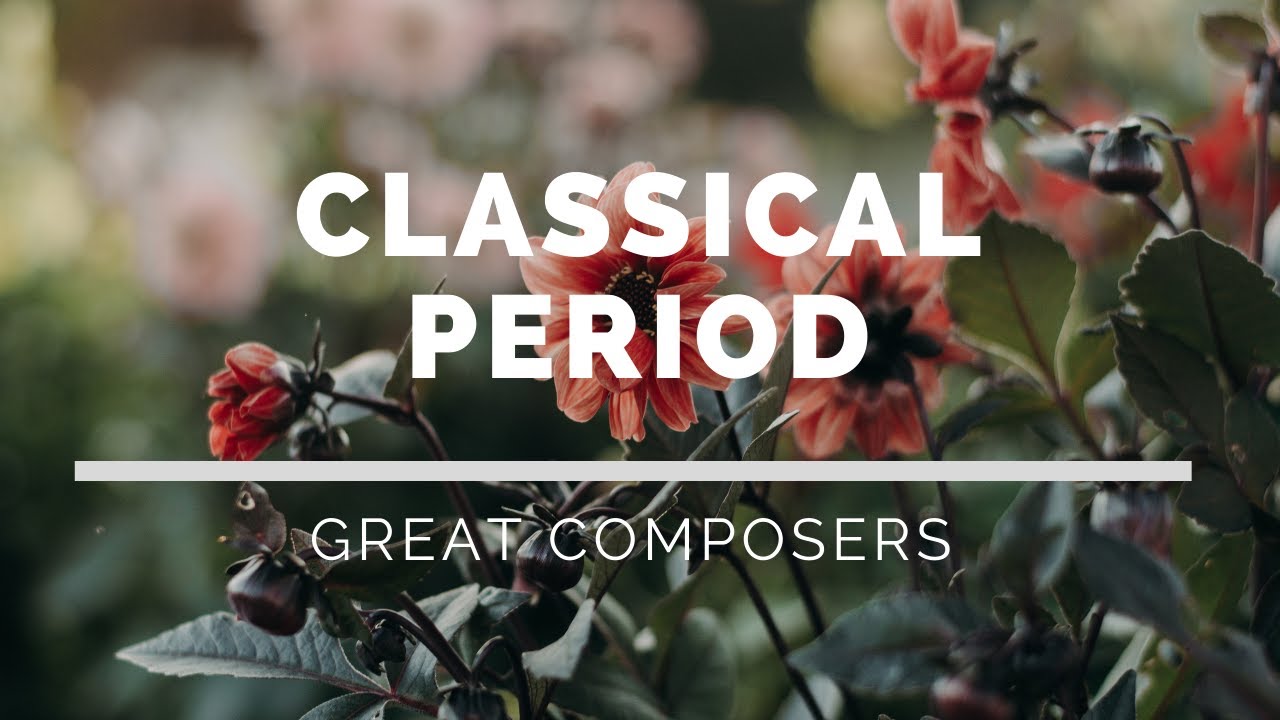
The Best of Bach – Part II – Greatest Works
Johann Sebastian Bach (31 March [O.S. 21 March] 1685 – 28 July 1750) was a German composer and musician of the Baroque period. He is[…]

The Best of Tchaikovsky – Part I
Pyotr Ilyich Tchaikovsky [7 May 1840 [O.S. 25 April] – 6 November [O.S. 25 October] 1893[a 3]) was a Russian composer of the romantic period,[…]

The Best of Haydn – Part III – Greatest Works
Franz Joseph Haydn (31 March 1732 – 31 May 1809) was an Austrian composer of the Classical period. He was instrumental in the development of[…]

The Best of Bach – Part I – Greatest Works
Johann Sebastian Bach (31 March [O.S. 21 March] 1685 – 28 July 1750) was a German composer and musician of the Baroque period. He is[…]

The Best of Chopin – Part I – Greatest Works
Frédéric François Chopin (1 March 1810 – 17 October 1849) was a Polish composer and virtuoso pianist of the Romantic era who wrote primarily for[…]

The Best of Shostakovich – Part I – Greatest Works
Dmitri Dmitriyevich Shostakovich 25 September [12 September] 1906 – 9 August 1975) was a Russian composer and pianist. He is regarded as one of the[…]

The Best of Haydn – Part I – Greatest Works
Franz Joseph Haydn 31 March 1732 – 31 May 1809) was an Austrian composer of the Classical period. He was instrumental in the development[…]

Great Composers of the Classical Period – Classical Music
The Classical period was an era of classical music between roughly 1730 and 1820.[1] The Classical period falls between the Baroque and the Romantic periods. Classical[…]

Baroque Music Collection – Relaxing Music
Baroque music (US: /bəˈroʊk/ or UK: /bəˈrɒk/) is a period or style of Western art music composed from approximately 1600 to 1750.[1] This era followed[…]

Mozart – Symphony No. 33 in B flat major K 319
Wolfgang Amadeus Mozart – Symphony No. 33 in B flat major K 319 The Symphony No. 33 in B♭ major, K. 319, was written by Wolfgang[…]